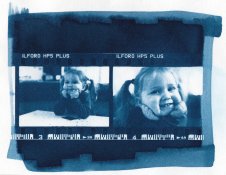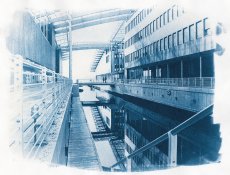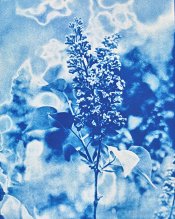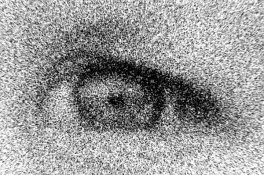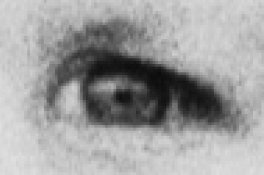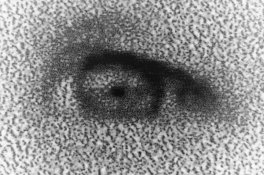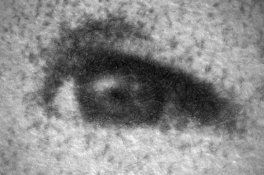franck
Member
Hello!
I am quite new here and also new to cyanotype so please excuse the potentially trivial or stupid question(s)
I have been experimenting with cyanotype and I really like the simplicity of the process and the results which can be achieved. I have made some contact prints of some of my negatives (mostly 35mm) but that makes for really tiny prints. To get larger prints, it seems that the easiest option is to make digital negatives so I gave it a try and that seems to work pretty OK. However, if possible I would really like to have a way to keep the process fully analog. It there a reasonably simple and reasonably priced way to enlarge negatives?
I have a simple darkroom setup for developing film and making prints on paper.
Here are a couple of images, the first is a contact print and the second is from a digital negative made from scanning a 35mm frame:


Cheers,
Franck
I am quite new here and also new to cyanotype so please excuse the potentially trivial or stupid question(s)

I have been experimenting with cyanotype and I really like the simplicity of the process and the results which can be achieved. I have made some contact prints of some of my negatives (mostly 35mm) but that makes for really tiny prints. To get larger prints, it seems that the easiest option is to make digital negatives so I gave it a try and that seems to work pretty OK. However, if possible I would really like to have a way to keep the process fully analog. It there a reasonably simple and reasonably priced way to enlarge negatives?
I have a simple darkroom setup for developing film and making prints on paper.
Here are a couple of images, the first is a contact print and the second is from a digital negative made from scanning a 35mm frame:
Cheers,
Franck


